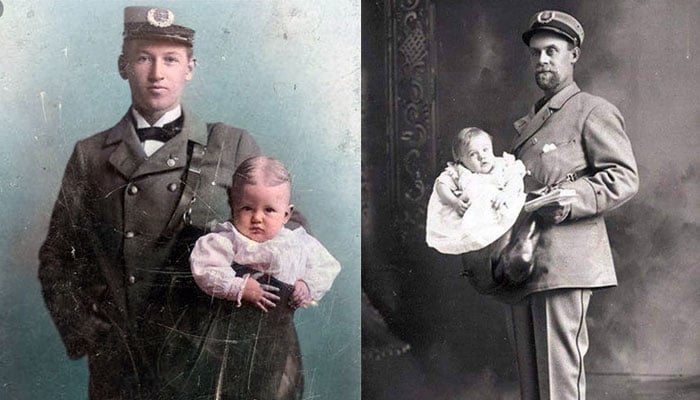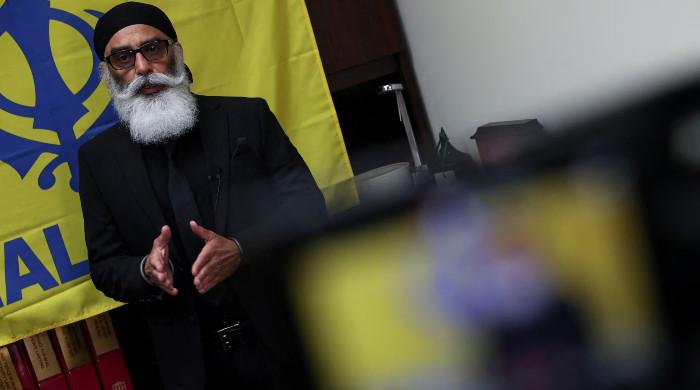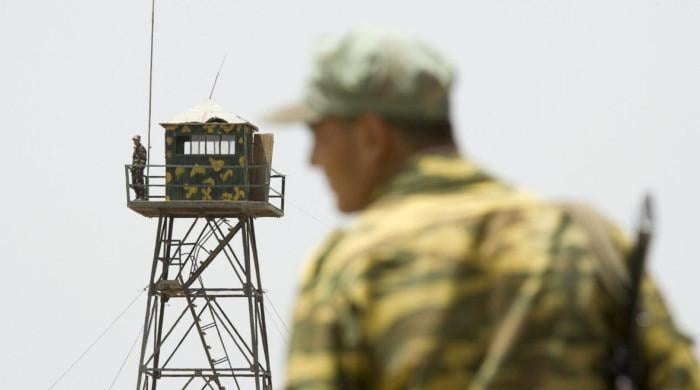You've got mail! It's a girl — When Americans used to send, receive children by post
The most famous case of mail parcels to children is that of Charlotte May Pierstorff
September 13, 2023

In the past, sending parcels to Europe from the US was only possible through mail. However, once local parcel delivery services were introduced in 1913, people in rural areas began to benefit to a great extent.
Rather than undertaking costly trips to far-off cities, they utilised this service to transport various items such as butter, eggs, chickens, chicks, and even young children from one town or location to another.
Yes. This world has seen a bizarre time when human children's parents used to send parcels via the US Postal Service due to their trust in the service and the desire for a cheaper solution.
Some parents found travelling by train or coach expensive, so they decided to use this new service for sending the children as parcels.
According to research by Joe Sylvia, a Beagle couple in Ohio decided to send their infant son to his grandmother, but were unsure of the best way to do so when this unusual idea popped up in their minds.
Later, postman Vernon O'Little delivered the baby safely, saving the couple only 15 cents and ensuring they had $50 insurance.
When this news was published by the New York Times, US Postmaster General Frank Hitchcock received a request from a person who wanted to adopt the child.
The request read, "May I ask you what are the instructions for the parcel so that it (the child) complies with the regulations and is allowed to be shipped through the parcel post as the express ones handle it very badly..."
Following this request from Pennsylvania, the US Postmaster General's office was forced to issue a statement clarifying that "children, in the opinion of the Postmaster General, do not belong to the category of bees and insects, only living things which may be transmitted by post."
It was found that sending children by mail was not the official policy from the end, but in such a situation, more cases of sending children by mail kept coming up, BBC Urdu reported.
The most famous case of mail parcels to children is that of Charlotte May Pierstorff, who was sent by train on February 19, 1914, to her grandparents, who lived 73 miles away.
Alexandra Denzer wrote that "May dreamed of meeting her grandmother Mary, who she said lived a million miles away in the old Idaho mountains."
However, as May's family was unable to afford a train ticket, they sent her to her grandparents' home in Grangeville, Idaho via mail.
May's mother's cousin, Leonard Mochel, simply had 53 cents worth of stamps on his coat as he worked in the railroad mail service. Their influence and assurance of handling the girl led to the local staff agreeing to send her through the mail.
May's adventure later became famous as leading to Michael O'Tunnel's book 'Mealing May'.
Postmaster General Burleson banned sending humans in the mail after the incident. However, a month later, postman Kniper delivered a 14-pound baby to his mother's home in Maryland.
According to Alexandra Danzer, the reason the practice flourished was because it was extremely expensive to send children by train, costing a few parents a full day's wage. Second, people had confidence in the postal staff at that time.
Quoting the National Postal Museum historian Nancy Pope, Jordan Gaspur said: "It was cheaper than a train ticket,"
Children were not put in a canvas sack with other packages. Instead, they were monitored by postmen. There was a relationship of trust between the parents and the postmen, who were often friends, neighbours or family members.
"It was almost like asking the postman on the way to drop off our baby," says Sylvia.









